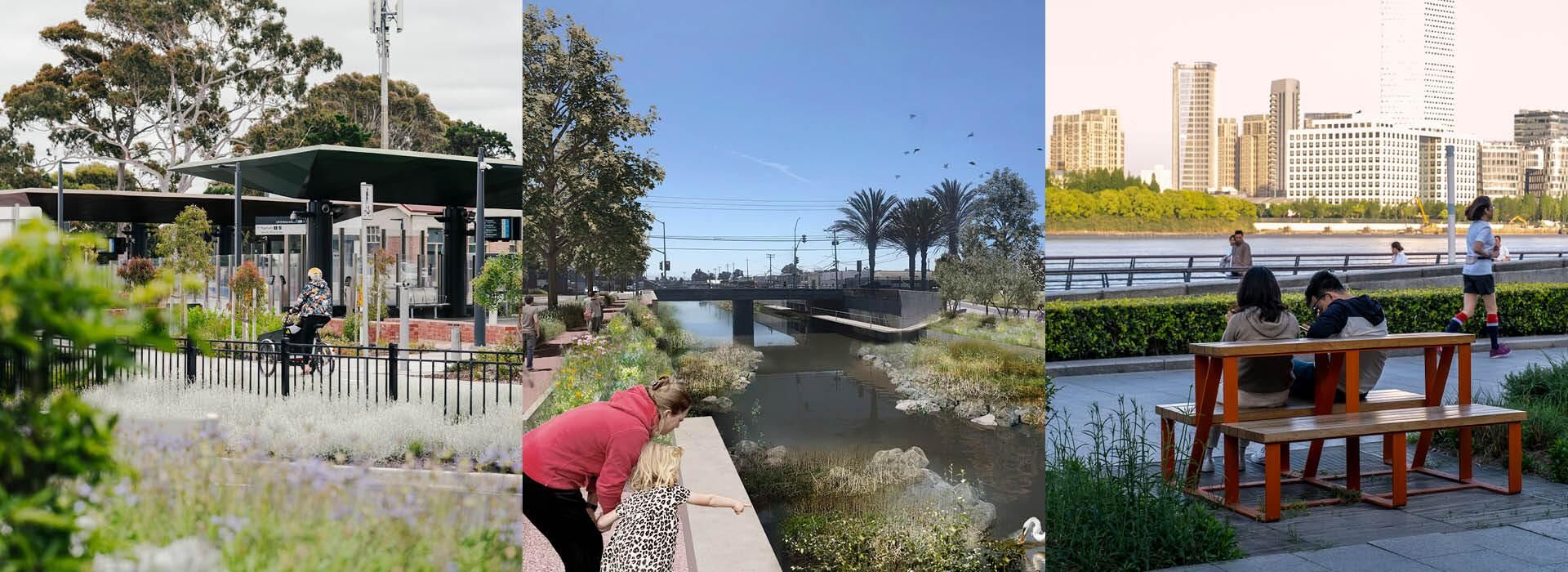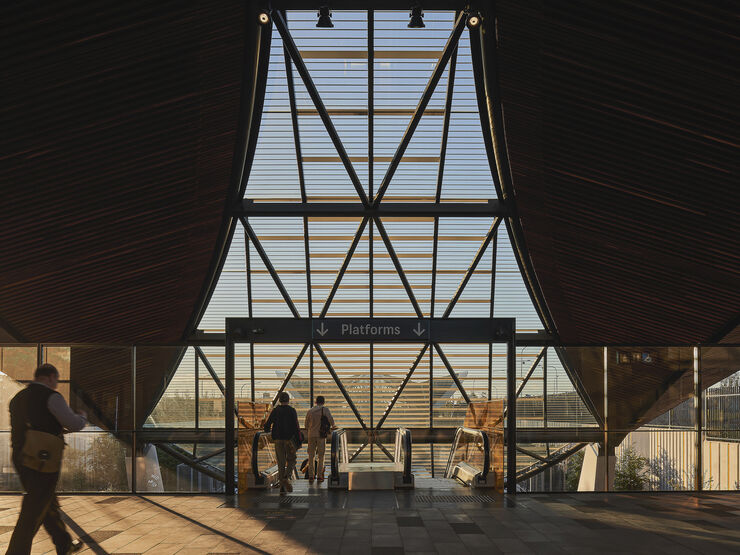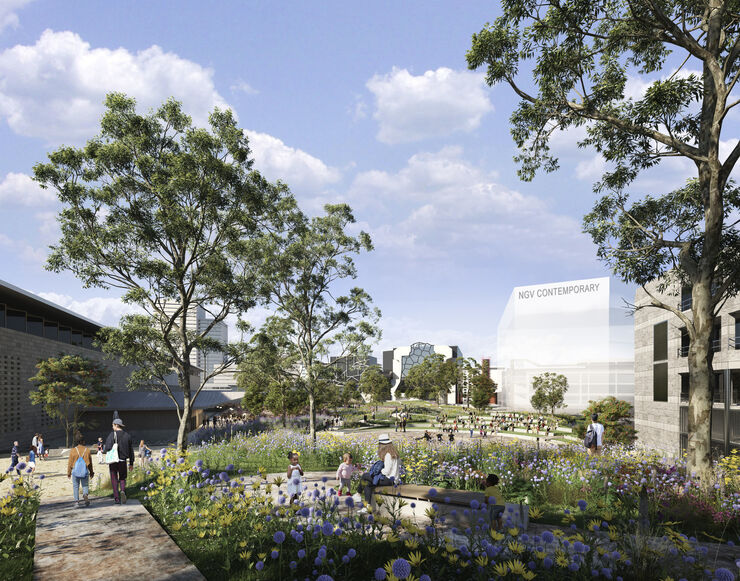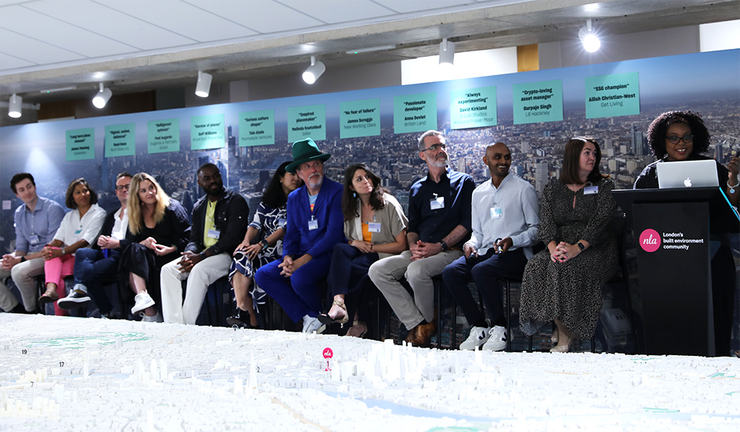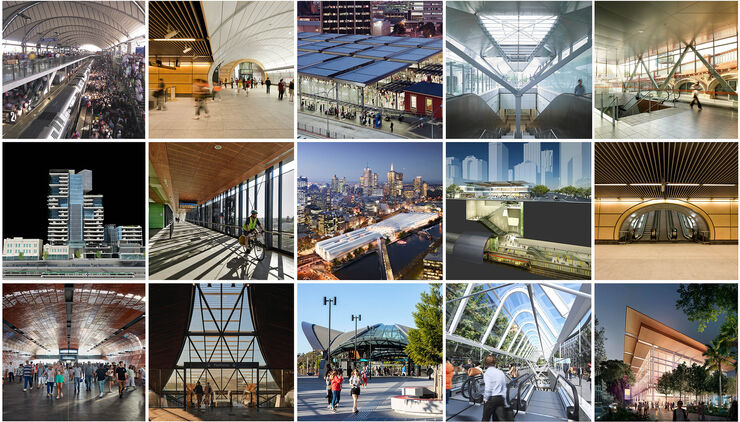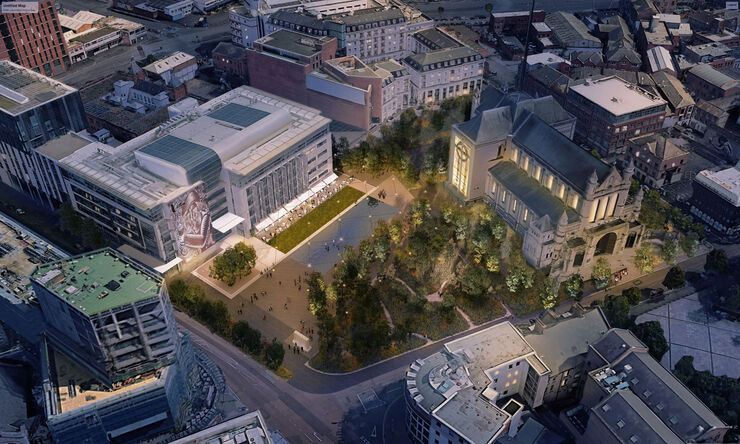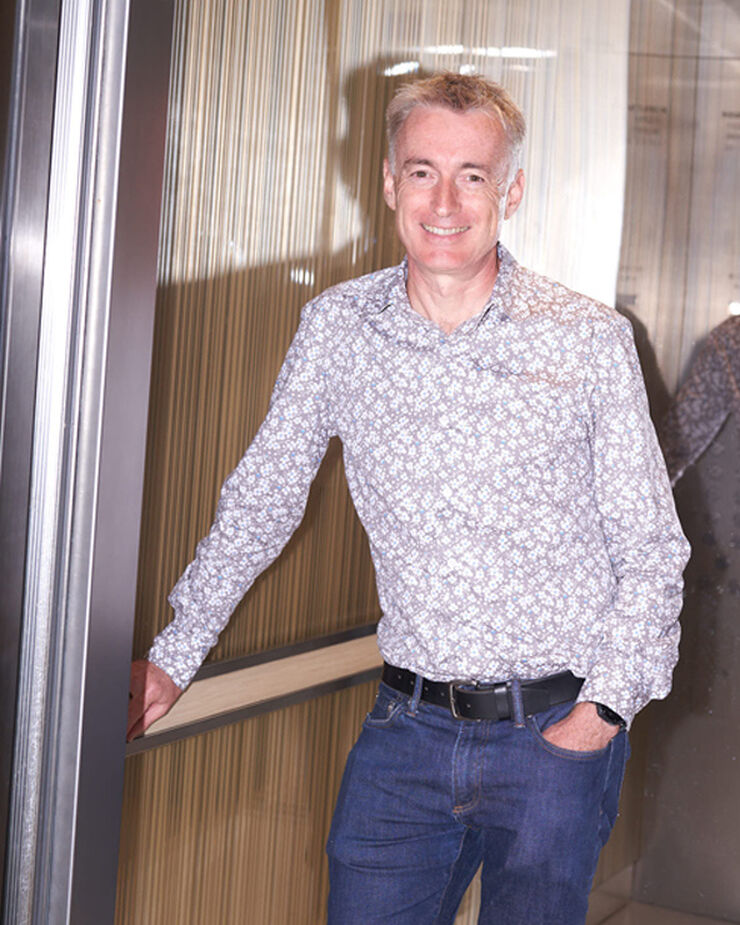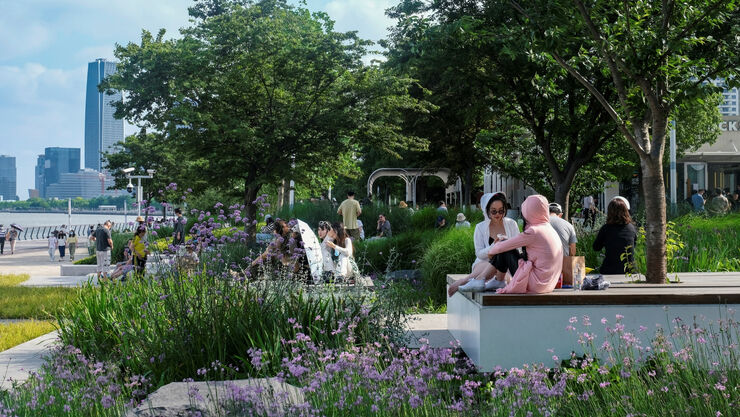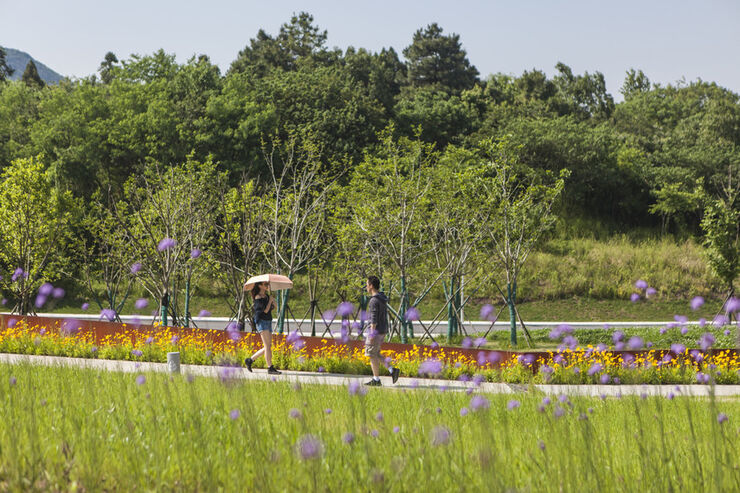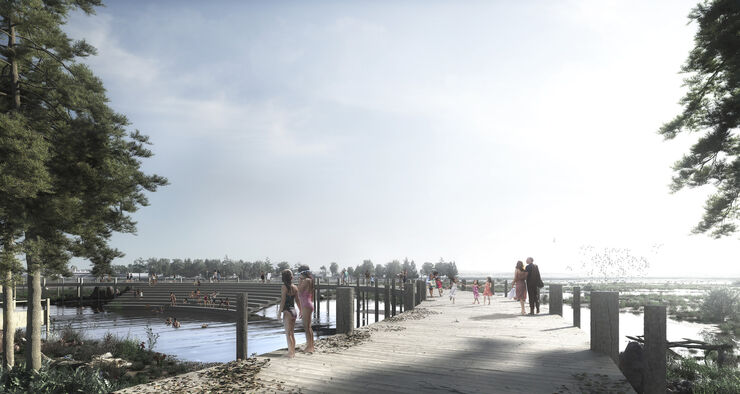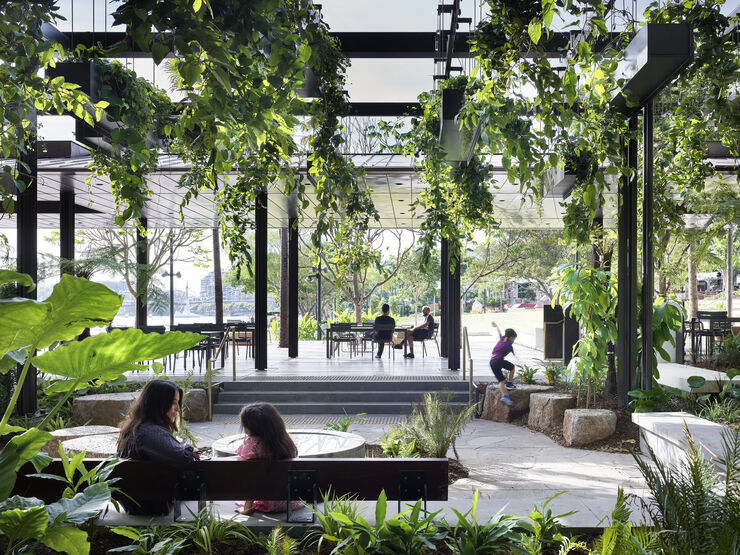Industry support
Through wide-ranging cross-sector engagement, Hassell’s new Corridors report already has peer and industry support as a valuable framework for creating holistic integrated infrastructure.
“As infrastructure designers, Knight Architects is all too familiar with the competing outcomes within corridor projects. Hassell’s report is compelling in its scope and, crucially, it provides tools and a common language to facilitate action. This report should be on the meeting table from Day One of every corridor project.”
— Martin Knight, Managing Director Knight Architects
“The analysis of the extent of linear corridors and the parcels they create is interesting. The sentiment of multiuse and using linear corridors for so much more is spot on.”
— Gareth Collins, Director, Urban Design Roads and Waterways, Transport for NSW
“Hassell’s report sets out the importance of creating corridors for wildlife as well as people. Transforming urban streets intentionally into buzzing, wriggling wildlife corridors will help humans reconnect with nature and address many enormous social, environmental and economic problems in our cities and beyond.”
— Emma Cutting, Founder and Chief Doer, The Heart Gardening Project
“This report shows us the key role corridors play in our towns and cities. Crucially, it highlights an opportunity to rethink our old urban motorway corridors that have severed communities and destroyed nature. Change, however, may be on the way, through the increasing use of Vision and Validate, a traffic modelling technique that shows us a better, more sustainable, way to turn these fast roads into walkable streets.”
— David Milner, Deputy Director, Create Streets
“We often think of the benefits of better connecting A with B; but less of the disbenefits for those wanting to move differently. A one-dimensional approach like this does not deliver the places we need, so I welcome this illuminating investigation into corridors that helps us view movement channels through the lens of urban and environmental ecosystems to design better places.”
— Christopher Martin, Co-founder, Urban Movement
